Hoa Lo Prison in Hanoi is a famous historical relic in Vietnam, attracting numerous Indian tourists who come to visit and explore its rich history. Often referred to as “hell on earth,” the prison showcases the war crimes and sufferings endured by Vietnamese prisoners under the suppression of French colonialists. This article will delve into the prison’s history, highlight its key attractions, and offer useful information for Indian visitors.
Historical Context
From the end of the 19th century, the French colonialists built numerous prisons to detain Vietnamese patriots involved in movements against their rule. Among these, Hoa Lo Prison in Hanoi, often called “hell on earth,” stands as a stark testament to this cruel period.
In 1896, the French constructed Hoa Lo Prison on land that once belonged to a renowned pottery village in Hanoi. At that time, Hoa Lo was regarded as one of the biggest prisons in Indochina.
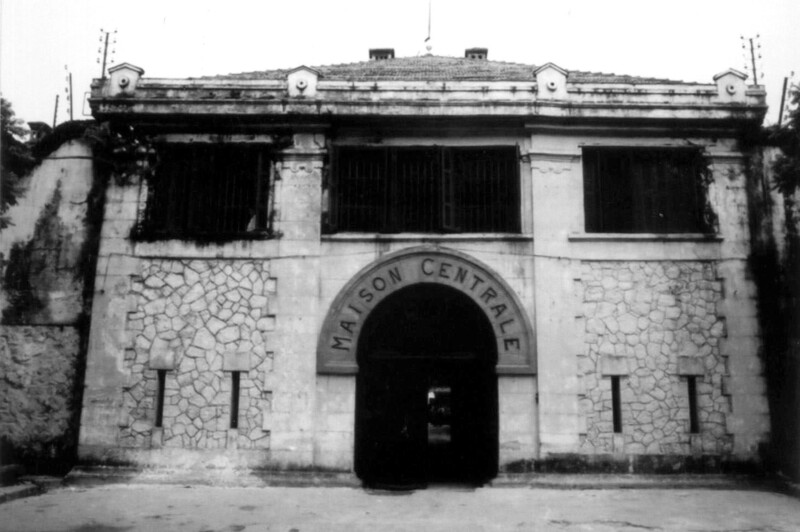
The prison was used to detain thousands of Vietnamese patriots and revolutionary fighters who endured severe physical and mental torture. The living conditions were appalling, with poor-quality food, unsanitary conditions, rampant diseases, and inadequate personal hygiene.
Many prominent Vietnamese patriots and revolutionary leaders were imprisoned in Hoa Lo, including five General Secretaries of the Vietnam Communist Party: Nguyen Van Cu, Nguyen Van Linh, Le Duan, Truong Chinh, and Do Muoi.
After the north of Vietnam was liberated in 1954, the Vietnamese government used Hoa Lo Prison to detain regular prisoners temporarily. From 1964 to 1973, the prison was used to capture American soldiers.
In 1993, the Vietnamese government renovated a part of Hoa Lo to transform it into a historical relic. A memorial monument was built to honor the Vietnamese patriots and revolutionary fighters.
Today, Hoa Lo Prison attracts considerable interest from a wide range of visitors, particularly young Vietnamese. The prison serves as a living artifact, reminding each Vietnamese of the nation’s revolutionary traditions and fostering gratitude toward those who sacrificed for Vietnam’s independence and freedom.
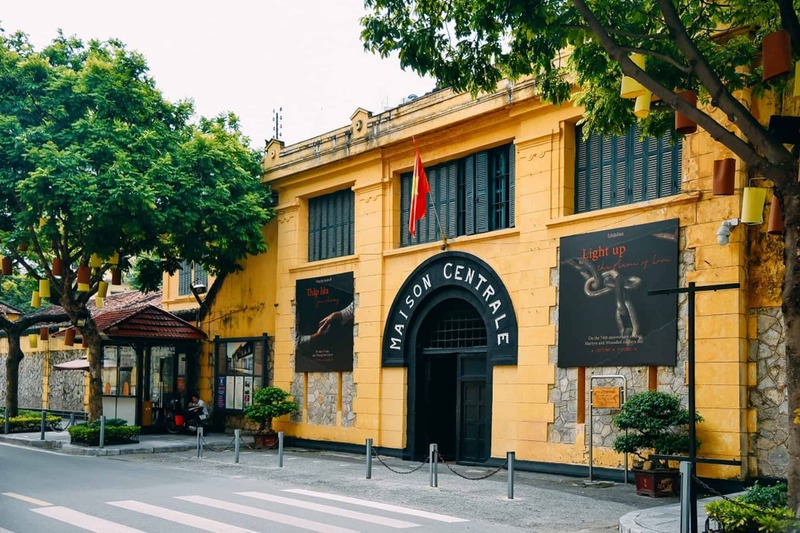
Location
Hoa Lo prison is located at 1 Hoa Lo Ward, Tran Hung Dao Street, Hoan Kiem, Hanoi, which is in the city center and near the Hanoi Old Quarter.
Opening Hours And Ticket Fee
- Opening hours: 8 AM – 5 PM daily. There are also night tours open from 19:00 – 19:45.
- Ticket fee: 50,000 VND/person ($2)
- Headphones rental: 50,000 VND/person ($2).
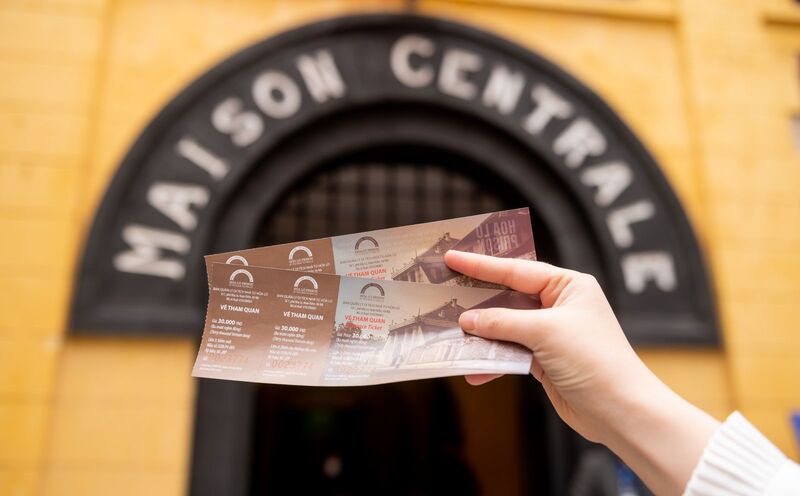
How To Get There
Situated in Hanoi center, Hoa Lo Prison is approximately a 15-minute walk away from Hoan Kiem Lake. In addition, Indian tourists can reach the attraction from the below transportation:
- By Bus: Bus numbers 02, 09, 40, and 49 have bus stops near Hoa Lo Prison.
- By Bicycle or Motorbike: If you are staying in the center of Hanoi, such as the Hanoi Old Quarter, you can rent a bike or a motorbike to reach Hoa Lo Prison.
- By Car: Many traditional taxis (Mailinh and Vinasun) and ride-hailing services (Grab and Xanh SM Taxi) are available in Hanoi.
- Book a Tour Package: This is the most convenient choice for Indian travelers. The local guide in Vietnamtour.in will create a customized schedule and handle all the arrangements for an efficient journey to Hoa Lo Prison and other nearby attractions in Hanoi.
What To See
Special Structure of Hoa Lo Prison
Hoa Lo prison was known as an unbreakable prison in Indochina, reflecting its strict security system. The prison was surrounded by fortified stone walls that were 5 meters high and 0.5 meters thick. These walls were embedded with barbed wire and broken glass, and equipped with a high-voltage system to prevent escapes.
At the foot of the walls inside was the path for patrolling, measuring 2 meters wide. There were four watchtowers at four corners of the prison so the jailers could monitor every action of the prisoners.
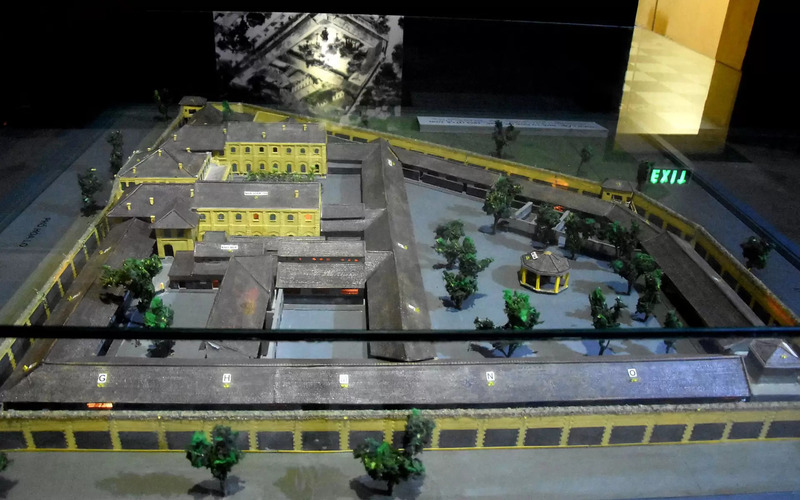
With an area of 12.908 square meters, the inside of Hoa Lo Prison was divided into different areas, including
- A room for guarding
- Two rooms used as health stations
- A room for use as a charity clinic
- Two rooms for holding arrestees
- A workshop for producing iron, textiles, and leather products
- Five others for detaining the prisoners
The materials for constructing these areas were of the best quality, selected carefully by the French architects to ensure the prison was so solid that escape was nearly impossible.
Harsh Prison Conditions
Terrifying Rooms
The detention rooms were different sizes but built with the same design: houses having four tile roofs and solid brick walls, painted grey, with a few very small windows near the roof, making the rooms very dark and stuffy. Each room had an open-air WC, sometimes not being cleaned; thus, feces and urine spilled all over the floor, giving out filthy, slimy, and stinking smells.
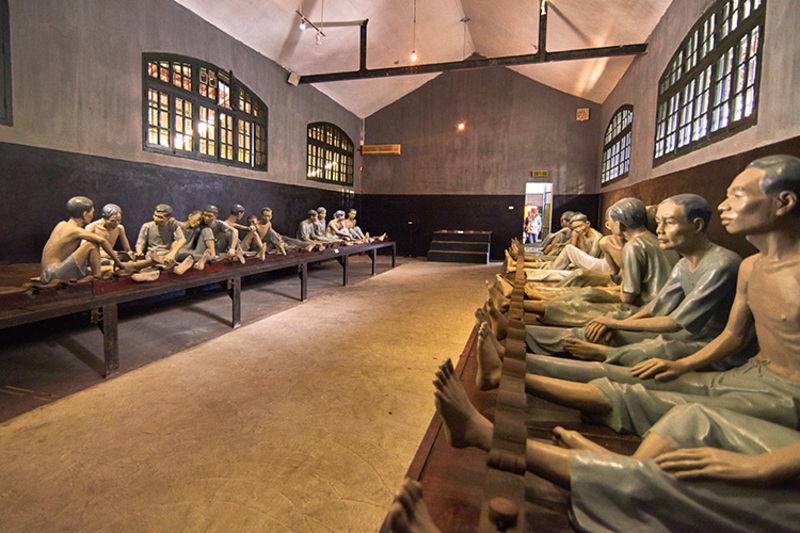
Cachot
In Hoa Lo Prison, there was a special dungeon (cachot) for prisoners who were sentenced for violating the prison’s rules and regulations. The cachot was a dark, narrow, and stuffy room that lacked oxygen. Prisoners detained here were shackled all day, fed bland food, and forced to eat and use the toilet in the same place. Consequently, prisoners often suffered from eye diseases, facial edema, body swelling, and reduced mobility in their limbs after being held in the cachot.
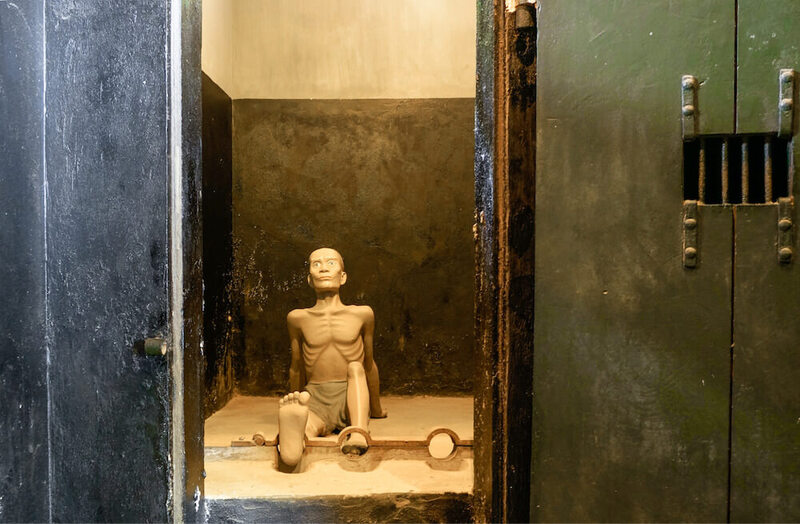
Tools for Torturing Prisoners
French colonialists used various tools to torture the Vietnamese patriots and repress their minds. They include boxing gloves, fuel cans, electrical engines, and guillotines.
Among these, the guillotine is the most infamous tool used in Hoa Lo Prison. It had two main parts: the cutting table, which was a flat wooden surface, and the slashing shelf, an iron frame standing almost 4 meters high.
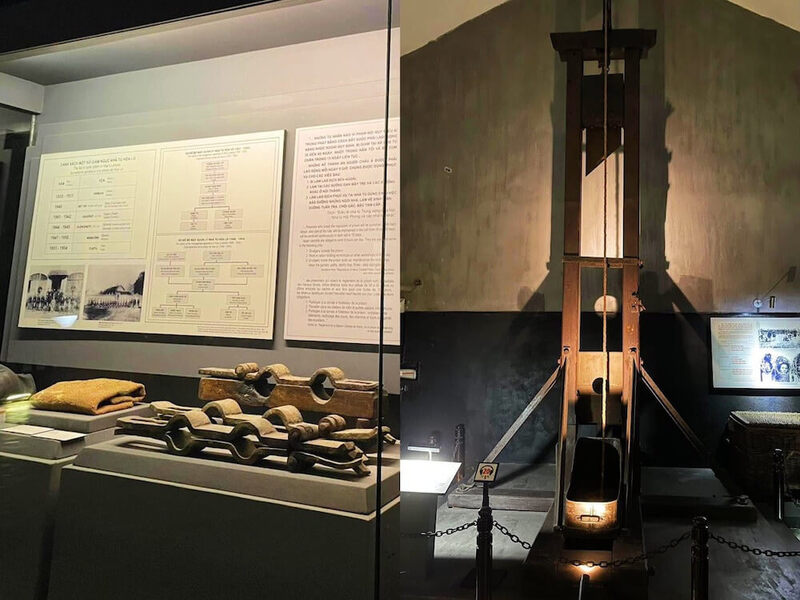
The cutting knife was made of steel, and the falling force of the guillotine blade was equivalent to 60 kg. After the execution, the prisoner’s head was taken to a crowded area for public display.
Artifacts and Photos of Prisoners in Hoa Lo
Hoa Lo Prison exhibits numerous artifacts and photos that highlight the appalling conditions endured by Vietnamese prisoners. The lack of basic utensils, the distribution of thin, poorly made clothes during freezing winters, and the inhumane tortures inflicted by the French colonialists are vividly depicted.
Through artifacts and photos, Indian tourists can feel the harsh conditions that prisoners endured and their staunch minds during this period. Due to poor quality food and poor sanitary conditions, many prisoners died due to diseases before their prison terms expired. Despite these hardships, the surviving Vietnamese patriots maintained their undaunted willpower against the French colonialists.
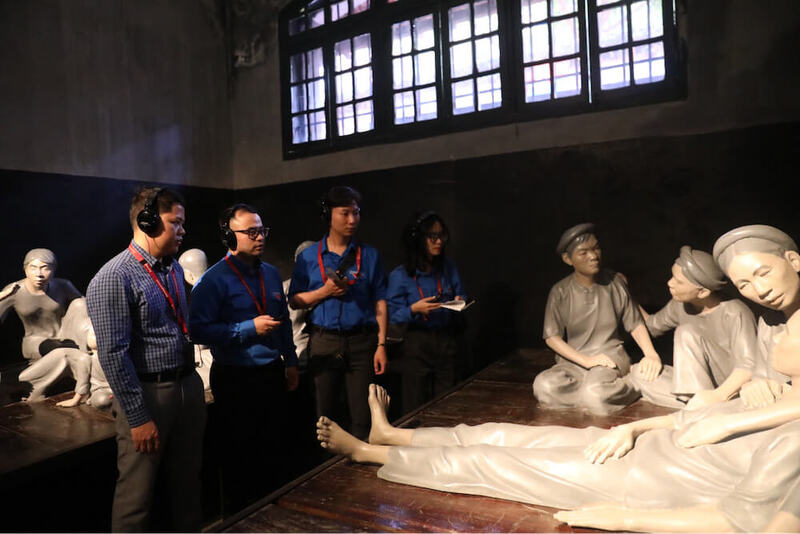
The Sacred Night Tour at Hoa Lo Prison
The event named “Sacred Night – Glorious Vietnamese Spirit” is taking place at the historical site Hoa Lo Prison from 7.00 PM to 9.00 PM. The ticket price will change from night to night, according to time, and the types of nights. Below are the latest prices at Hoa Lo Prison:
Night 1: Shining Vietnamese Spirit
This performance displays an ordinary day of prisoners at Hoa Lo Prison, therefore representing the daily historical stories of resilience and sacrifice during the Vietnamese wars. The audience will observe the trials, tribulations, and courage of the Vietnamese patriots. These elements will evoke a sense of respect, profound feelings, and reflection. The ticket for this night is at 399,000 VND for each person.
Night 2: Blossoms of Life
This performance offers the story of mothers and revolutionaries: Nguyen Phong Sac and his wife, Hoang Thi Ai. They made a failed coup attempt in 1945. The remarkable aspect is the silent suffering and sacrifices of Vietnamese women. The vulnerability and resilience of the Vietnamese women, and their significance to the country’s peace, are reflected in the event. The price per ticket per person is 399,000 VND.
Night 3: Flames of Youth
The night is overwhelmingly staged, re-enacting the lives of imprisoned revolutionaries most elaborately, inducing high drama. Designed to instill the young generations with patriotism, courage, and dedication, the audience will surely feel a deep sense of respect for the struggles and triumphs of the heroes of Vietnam after experiencing this. Tickets are 499,000 VND per person.
For those who are in Hanoi longer, you can attend all three nights to experience the complete staging process, grasp the history of the nation, and feel a little more Vietnamese pride.
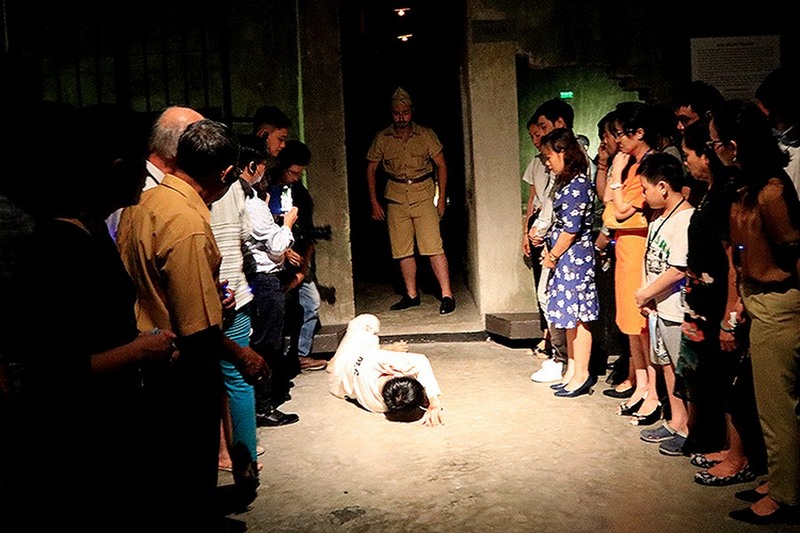
Useful Tips When Visiting Hoa Lo Prison
- Dress modestly and respectfully.
- Hire headphones to deeply understand historical background of prison
- Follow instructional signs.
- Do not bring weapons, explosives, or flammables
- Do not smoke
- Maintain quiet and respectful behavior indoors.
- Respect artifacts.
- Keep the area clean and hygienic.
When you visit Hoa Lo prison, you will learn more about the history and the willpower of the Vietnamese. The prison is one of the most famous destinations in Hanoi, so take a chance to explore it! Plan your holiday and discover this cultural city now with our Vietnam tour packages! We’re ready to accompany you on each journey in Vietnam.
OTHER ATTRACTIONS IN HANOI

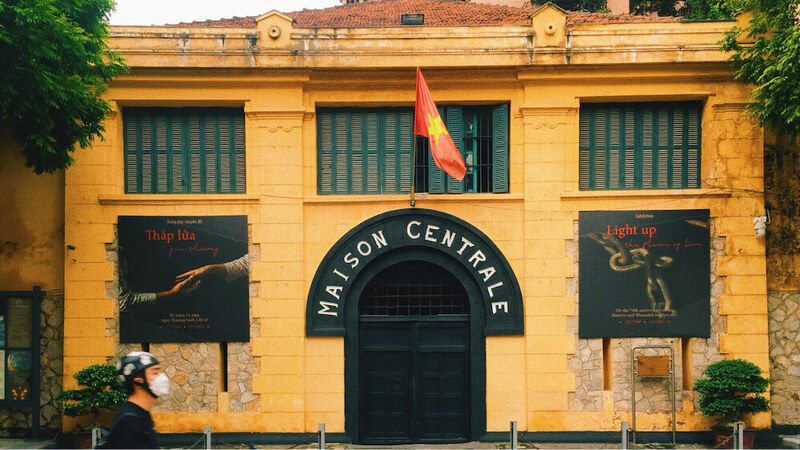
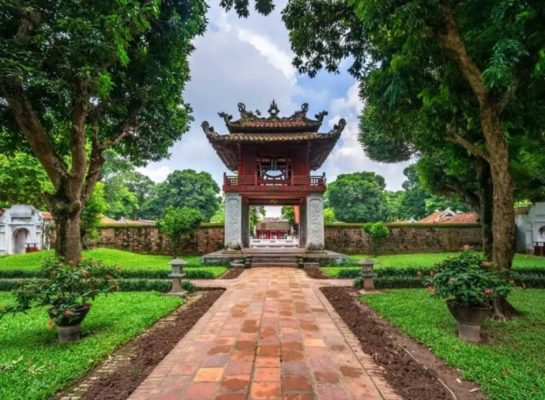
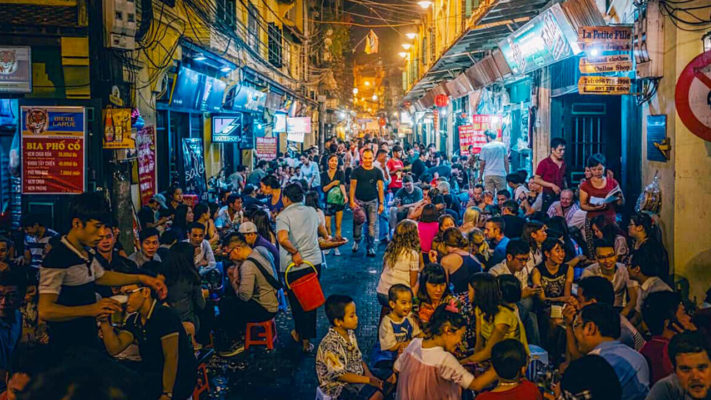
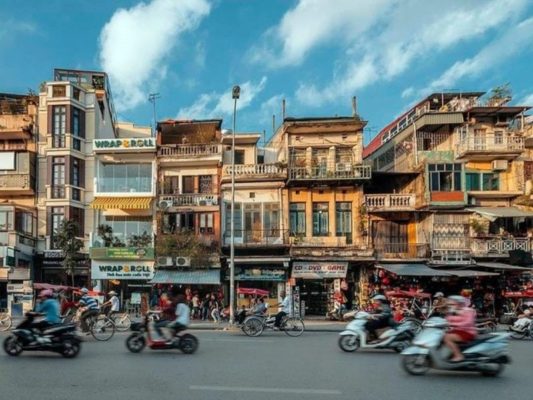

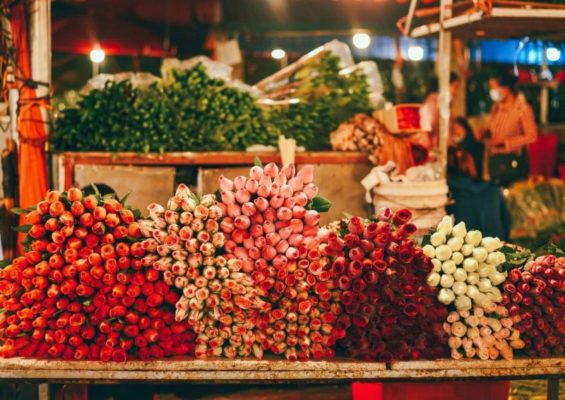
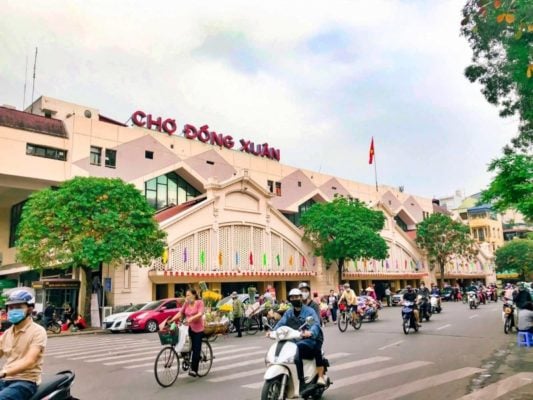
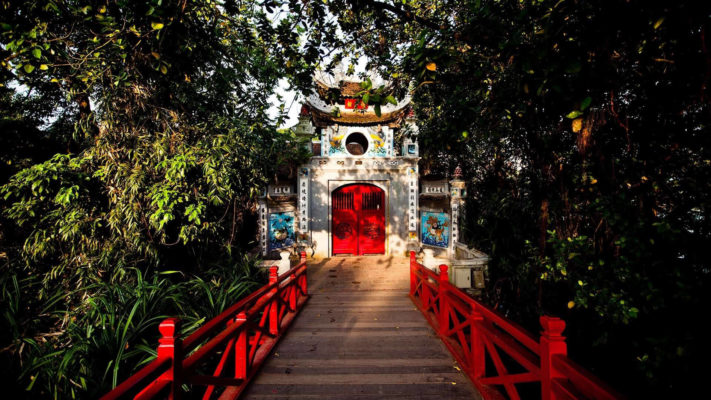
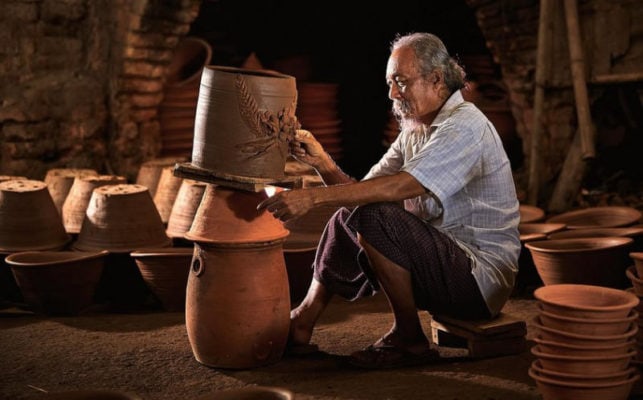
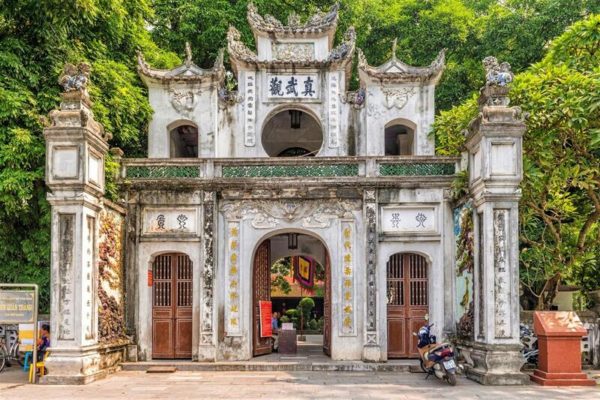
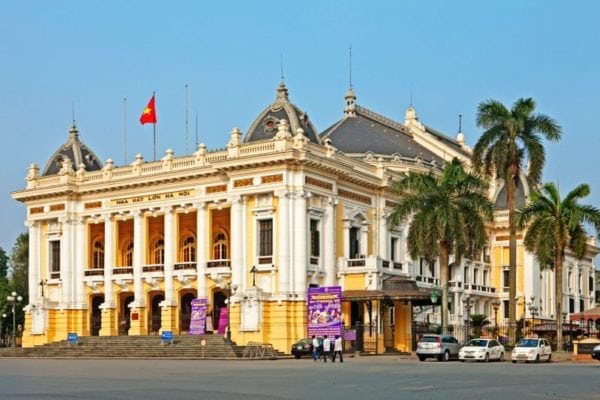
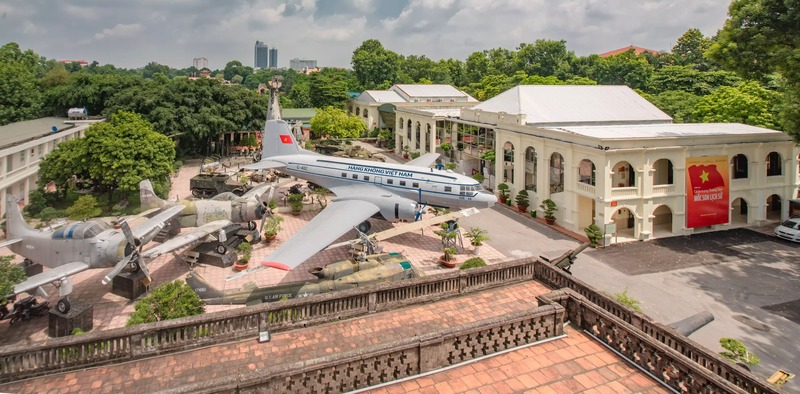
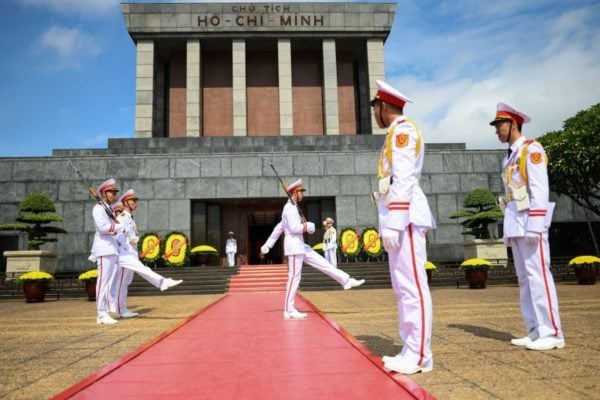
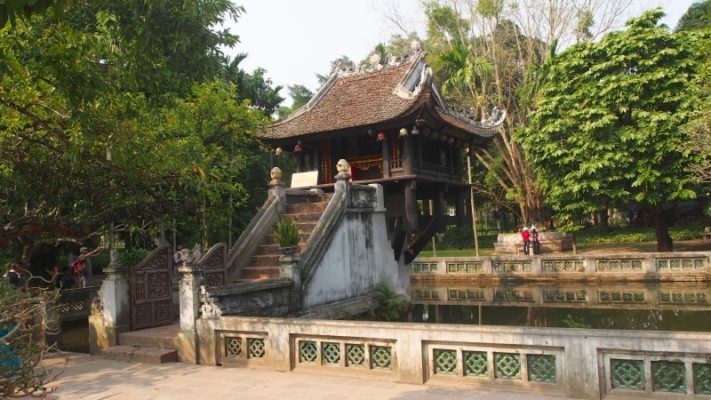

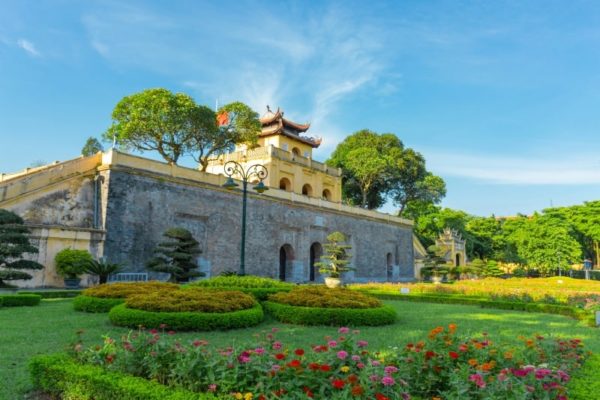
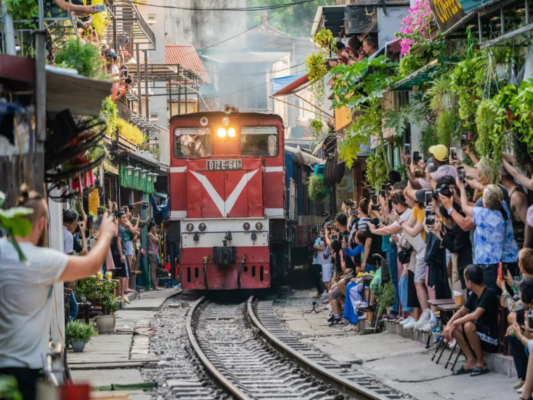
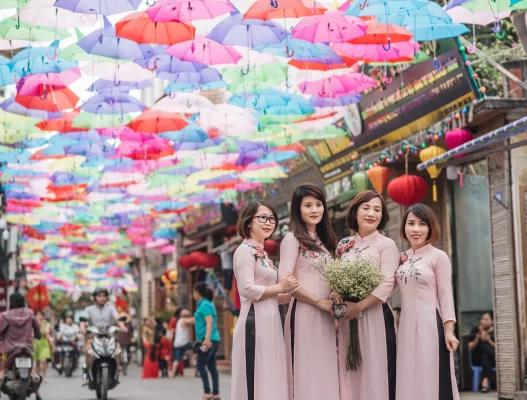
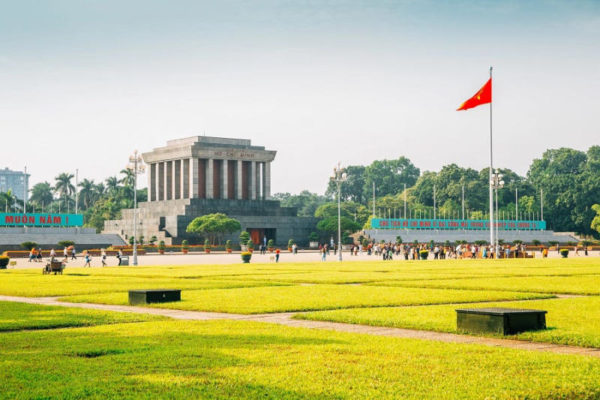
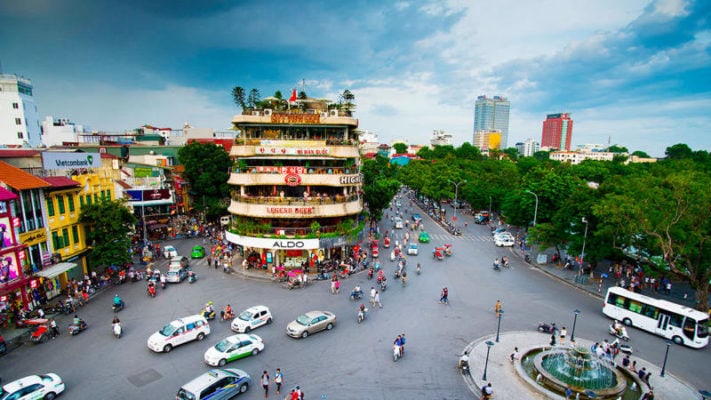
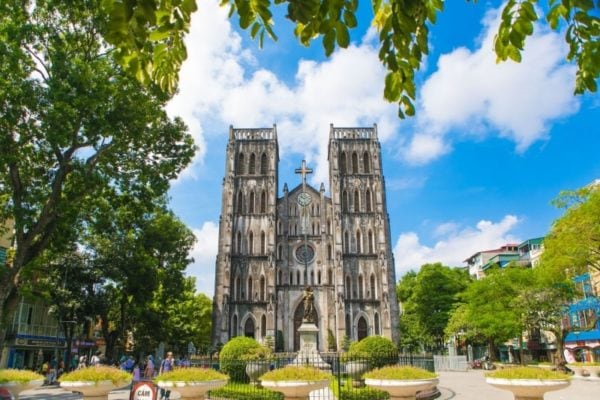
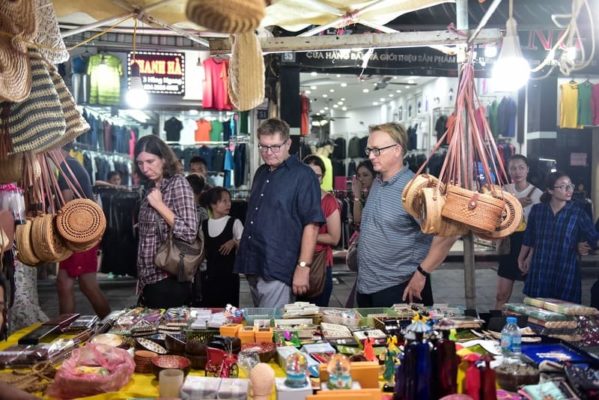
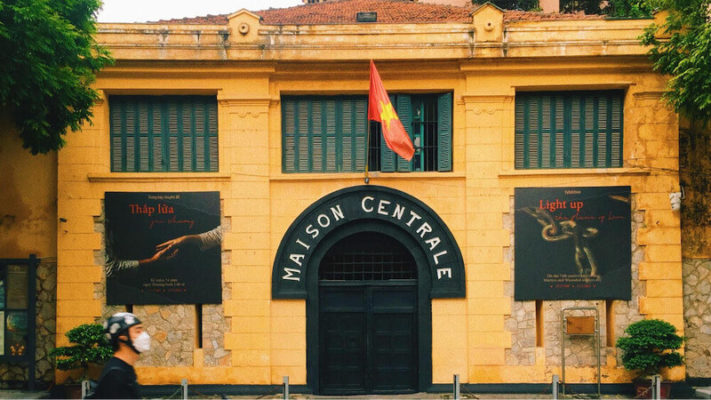
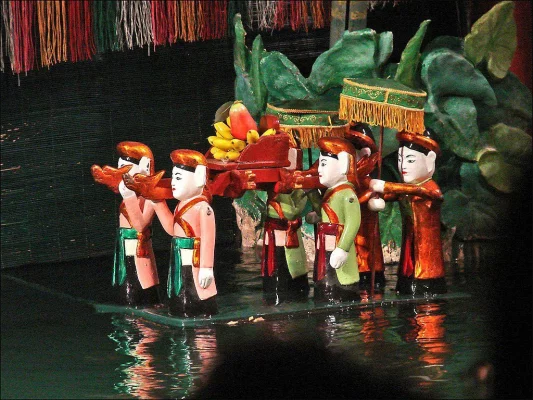
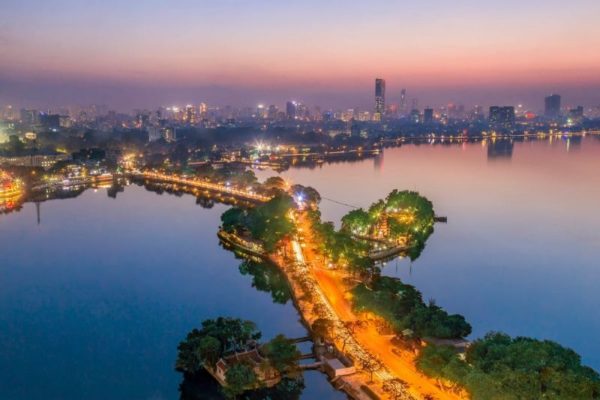
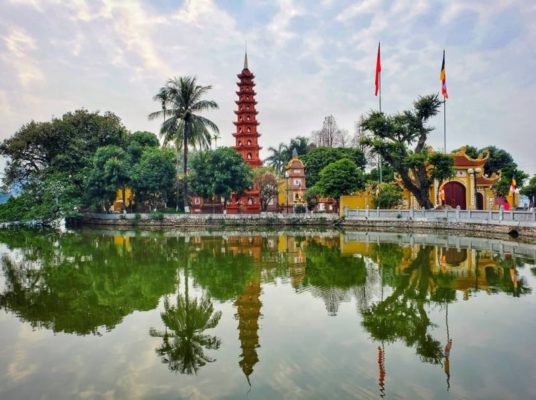
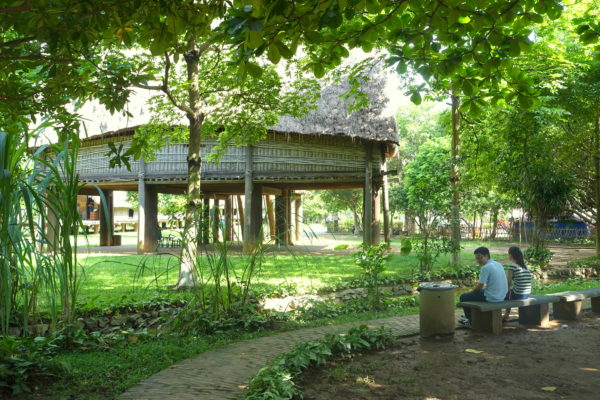
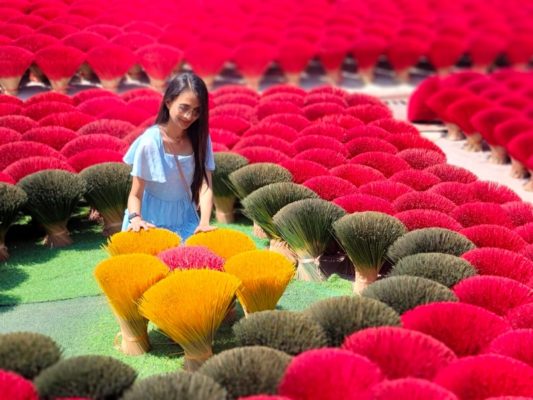
1 Countries 6 Cities
Vietnam Highlights Discovery
Departure City: Mumbai
Latest Departure Date: December 06 2025
15 seats left
Starting fromSave 35% ₹1,12,000
per person on twin sharing with airfares